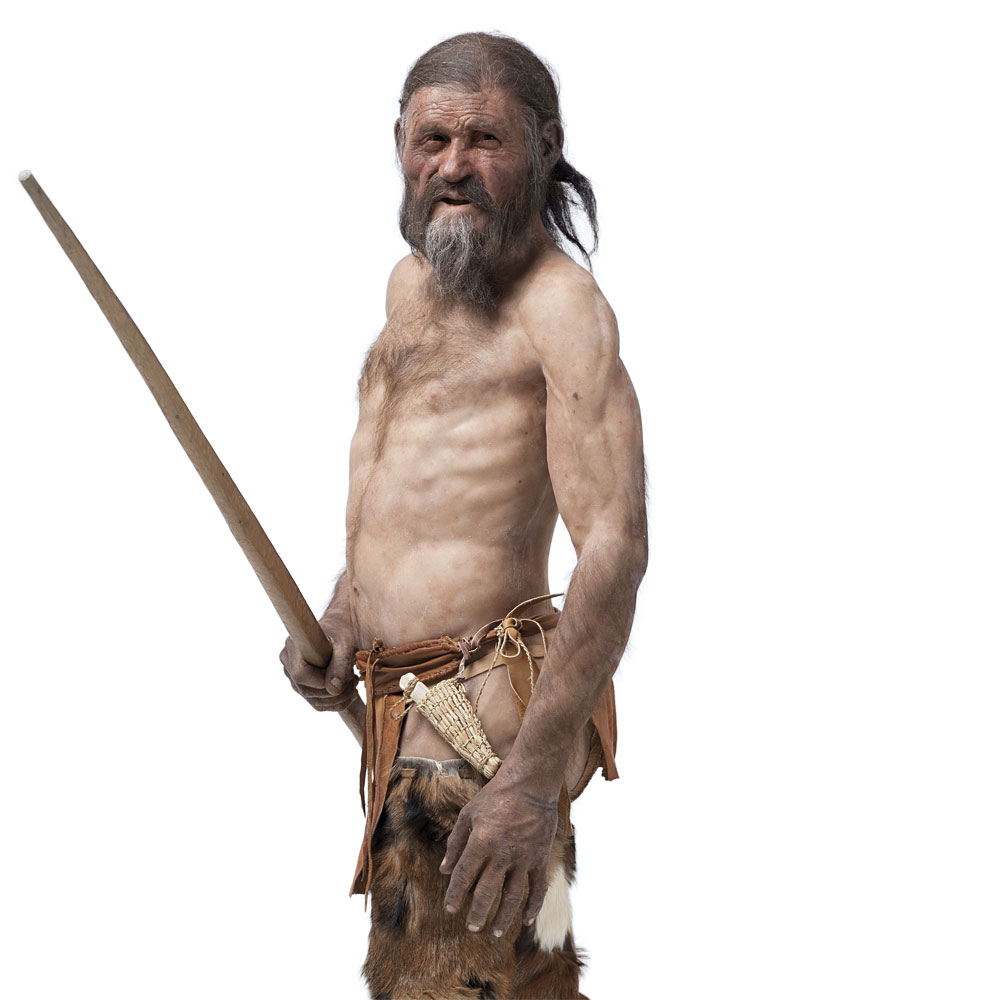The Art of Making Ötzi the Iceman: A Unique Archaeological Craft
In the world of archaeology, some discoveries stand out not only for their historical significance but also for the intricate craftsmanship involved in their preservation. One such marvel is Ötzi the Iceman, a remarkably well-preserved mummy dating back over 5,000 years. The story of Ötzi is not just a journey through time but a testament to the delicate artistry and scientific precision required to unravel the mysteries of our ancient past.
Unearthing Ötzi: A Frozen Time Capsule
Ötzi the Iceman was discovered in 1991 by German tourists in the Ötztal Alps, hence the name. This accidental find turned out to be one of the most significant archaeological discoveries of the century. Ötzi’s body, remarkably preserved by the icy conditions, offered a rare glimpse into the life of a Copper Age individual. From his clothing to his tools, everything remained remarkably intact, providing archaeologists with a treasure trove of information.
The Science Behind Preservation
Preserving a mummy like Ötzi involves a delicate dance between nature and science. The cold temperatures of the glacier created a natural freezer, preventing decomposition. However, the moment Ötzi was exposed to warmer air, the risk of deterioration skyrocketed. Archaeologists had to work swiftly and with meticulous precision.
Crafting Ötzi’s Story: The Role of Multidisciplinary Research
Understanding Ötzi’s life required more than just examining his remains. It demanded a multidisciplinary approach that combined fields such as archaeology, anthropology, genetics, and forensics. Scientists carefully analyzed Ötzi’s DNA, isotopes in his teeth, and even his stomach contents to piece together the puzzle of his existence.
The Iceman’s Wardrobe: A Fashion Statement from the Past
Ötzi’s clothing was not just a matter of practicality but a display of advanced craftsmanship. His attire included a complex assembly of materials, such as animal hides, woven grass, and even a coat made of plant fibers. This revealed not only his adaptability to the harsh Alpine environment but also a surprising level of sophistication in ancient textile production.
Challenges in Preserving Ötzi’s Legacy
Preserving Ötzi’s legacy has been no easy task. Beyond the scientific hurdles, there have been ethical and cultural considerations. Balancing the desire for knowledge with the respect due to a human being who lived thousands of years ago is a challenge that the archaeological community continues to grapple with. The delicate balance between scientific curiosity and ethical responsibility remains a key aspect of studying Ötzi and others like him.
The Ötzi Museum: Bridging Past and Present
Ötzi’s legacy lives on in the South Tyrol Museum of Archaeology in Italy. The museum serves as a bridge between the past and present, allowing visitors to marvel at Ötzi’s well-preserved remains while also reflecting on the broader implications of studying ancient civilizations. The museum not only showcases the Iceman’s artifacts but also serves as an educational platform, engaging visitors in the ongoing dialogue between science and history.
Frequently Asked Questions (FAQs)
Q1: How did Ötzi die?
Ötzi’s cause of death has been a subject of much speculation and study. While initial examinations suggested he might have fallen victim to foul play, further investigations, including CT scans and X-rays, revealed an arrowhead lodged in his shoulder. This evidence, combined with other factors, points to Ötzi likely succumbing to complications arising from the arrow wound.
Q2: Why is Ötzi’s preservation unique?
Ötzi’s preservation is exceptional due to the natural refrigeration provided by the Alpine glacier. The cold conditions prevented the usual decay processes, allowing for the preservation of not just the body but also his clothing, tools, and even tattoos.
Q3: What insights has Ötzi provided about the Copper Age?
Ötzi has offered invaluable insights into the daily life, technology, and health of individuals from the Copper Age. His well-preserved belongings, including a copper axe, reveal a level of craftsmanship and resourcefulness that challenges previous assumptions about ancient societies.
Is this conversation helpful so far?

